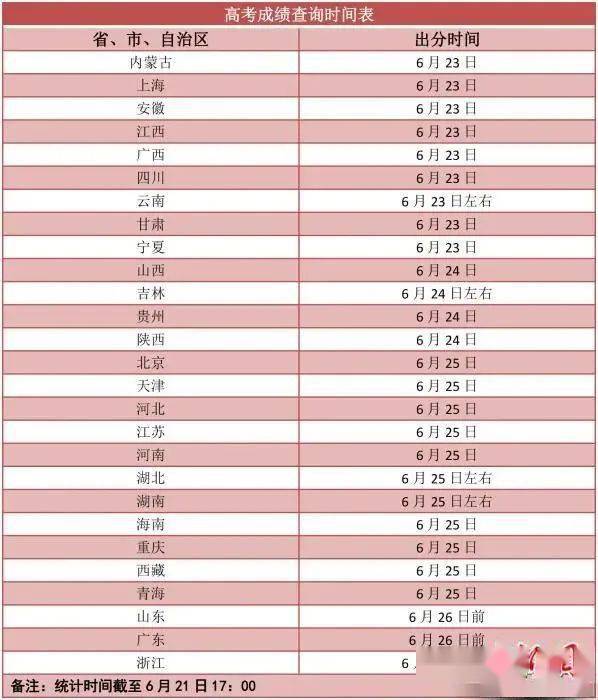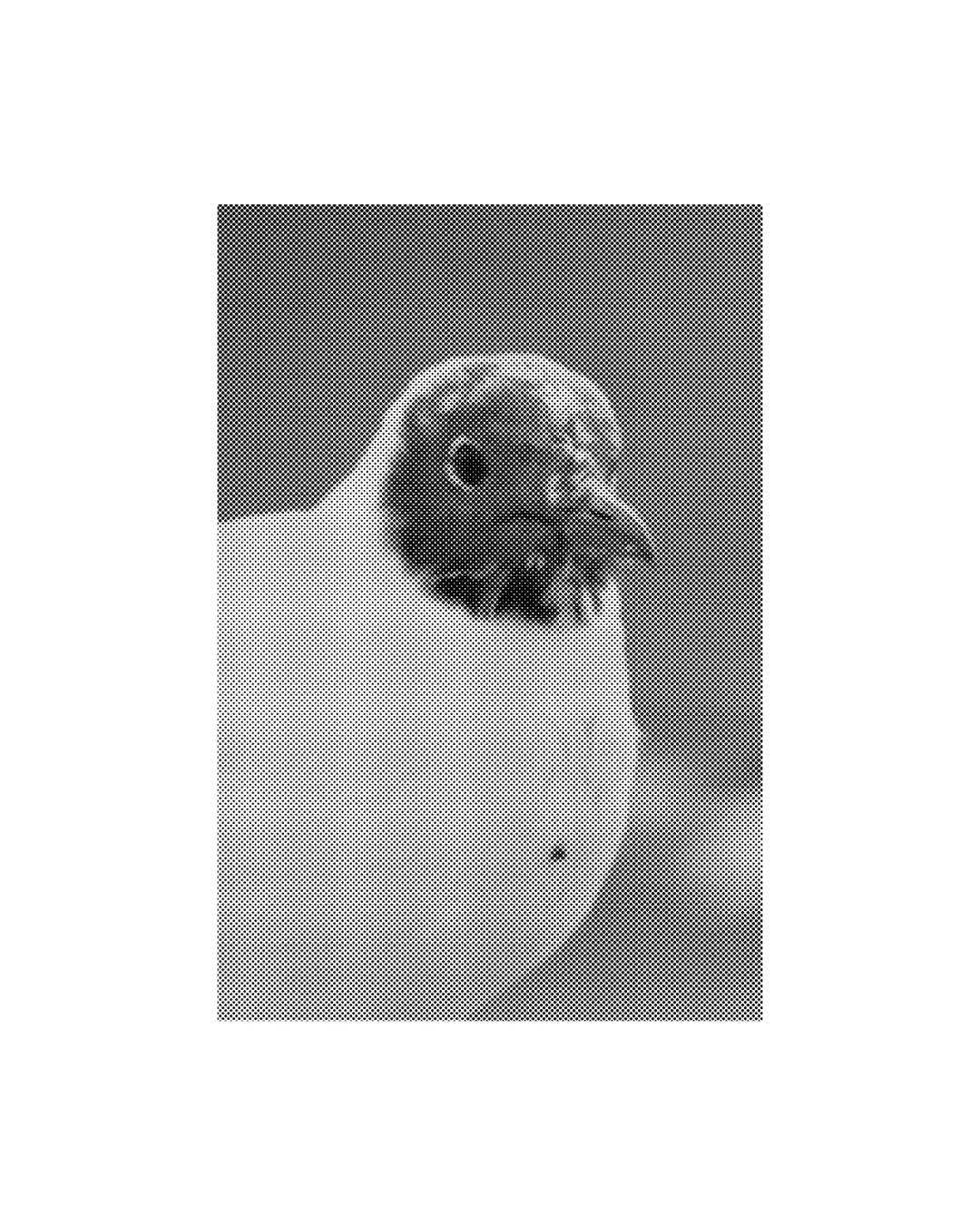President Vladimir Putin approved ambitious plans for Russia to replace the ISS International Space Station on its own.

The International Space Station (ISS). Photo: Wiki
Russian President Vladimir Putin has signed a plan to start building manned orbital satellites to replace the International Space Station (ISS), which appears to be nearing its end of life.
In recent years, the ISS has started to degrade, astronauts are now regularly detecting cracks, according to RT. Last week, it was revealed that Russian astronauts are still working to seal the leak that was first discovered in 2019. The ongoing problems with the International Space Station have prompted Russia began creating an alternative device.
Called ROSS, the Russian orbital satellite will consist of three to seven modules and can carry up to four people. Although only approved by President Putin on April 12, on the 60th anniversary of the landmark first flight into space by Soviet cosmonaut Yuri Gagarin, the project has been underway for some time.
Last November, the first deputy design general of space contractor RSC Energia expressed confidence that Russia needs to start building a new station, saying that the ISS has collapsed.
“Until 2025, Russia has an obligation to participate in the ISS program” – Mr. Vladimir Solovyov told the Russian Academy of Sciences. “There were some parts that were severely damaged and no longer working. Many parts are irreplaceable. After 2025, we predict a series of failures on the ISS ”.
Russia has a long history of building its own satellites, with Sputnik 1 being the first satellite launched into low earth orbit in 1957. In 1986, the Soviet Union launched a manufactured space station. in the country called Mir – was the largest artificial satellite in orbit at the time.
Last May, the Russian Space Agency Roscomos revealed, ROSS could be ready for deployment after 2024.
Despite Russia’s willingness to do it alone, Roscosmos has reaffirmed its commitment to international cooperation in recent months. Earlier this month, Russia signed a plan to continue cooperation with the US in space and the two countries would use each other’s rockets to enter space.
Roscosmos also signed a moon exploration agreement with China in March, and agreed to share a moon station with Beijing.
While space is often a place for international competition, both Washington and Moscow often help each other when needed. For example, earlier this year, American astronauts donated food to their Russian partners when supplies from the earth were delayed.
The International Space Station is the only laboratory in the world that allows researchers to perform long-term experiments in microgravity. The ISS has been in the presence of humans continuously since November 2000. The ISS is 109 meters long, 75 meters wide – the equivalent of a football field – and weighs 420 tons. The ISS flies at an altitude of about 400km above earth. The ISS moves at a speed of about 8km / sec, or around the earth about 90 minutes / round. The travel from the launch site in Baikonur, Kazakhstan to ISS by Russian Soyuz can take anywhere from 6 to 48 hours, depending on the launch procedure and the station’s position in orbit.





























































You must log in to post a comment.